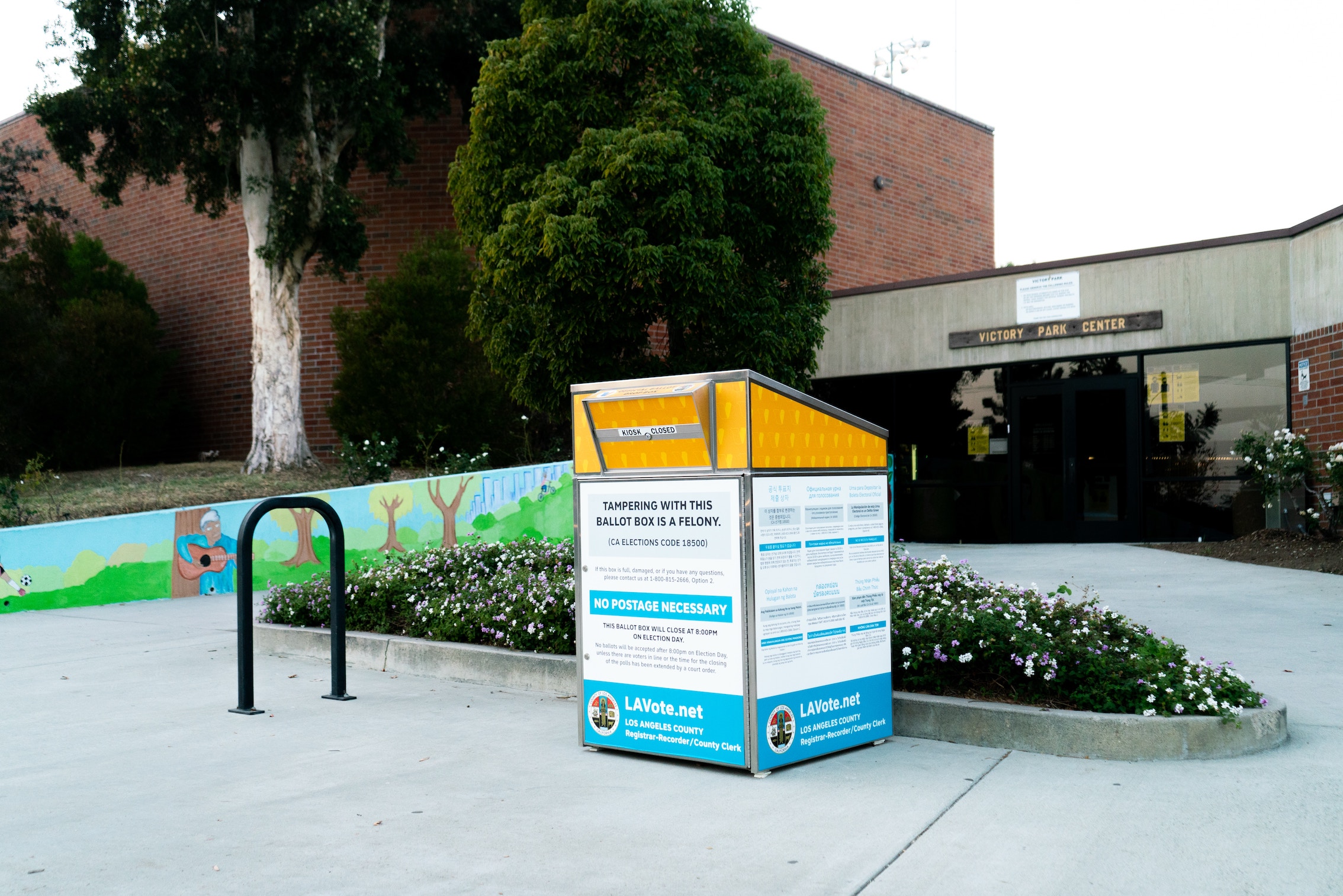
What Is Ranked Choice Voting?
by Jone Pearce
The League of Women Voters supports changing how we vote in local and state elections to Ranked Choice Voting. Why? Simply because it is a fairer way of representing the preferences of a majority of the voters in that jurisdiction. Under the current system whoever gets the most votes wins. That means that if there are multiple candidates (say five) a proposal or candidate who gets the most votes, even if only 20%+1, wins; even though 79 percent of the voters do not want that outcome. This is a recipe for the dominance of motivated, extremist minorities.
How does Ranked Choice Voting work? As an example, let’s say that the voters in a city are choosing between six candidates for Mayor: Red, Orange, Yellow, Green, Blue, and Purple. The voters receive a ballot with all six options and the voters are asked to rank order them from their first to their sixth choice (they write in a number, not fill in the bubble).
Let’s say that at least 50%+1 of the voters selected Red. Then the tabulation is over, and Red has won in the first round of counting.
However, what if Red gets the most votes but receives only 20% of the votes, Green receives the least number of votes, and the others are in between. Now Green is dropped and the second-choice votes of those who selected Green as their first choice are distributed to the remaining five candidates in this second round of counting.
Next, let’s say that Purple now has the most votes with 40%, Red has dropped to second place with 30% of the votes, Yellow is in last place (5th) with the others in between. In this third round of counting Yellow is dropped and the votes for Yellow (whether Yellow was their first choice or their second choice because they selected Green as their first choice) get distributed to the remaining four candidates.
This process continues until one of the candidates receives 50% +1.
Finally, let’s say that you are happy to rank Red, Yellow, and Blue but do not want to rank the other three (you really can’t stand them!). Then you just rank the three you want to support and if your three choices are dropped in the rounds of counting then your vote is not assigned to any of the three you did not want to support.
The video https://www.calrcv.org/about-rcv provides a visual representation Ranked-choice voting https://youtu.be/032IiYp7r-ghttps://youtu.be/032IiYp7r-g
By the way, two of the three vote tabulation companies operating in California now support Ranked Choice Voting, and the third has submitted its proposal for approval.
Ranked Choice Voting is not new and is used throughout the country in California including San Francisco, Oakland, Berkeley, San Leandro, Albany, Eureka, and Redondo Beach.